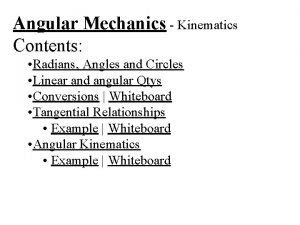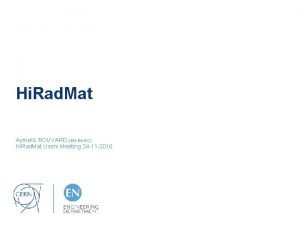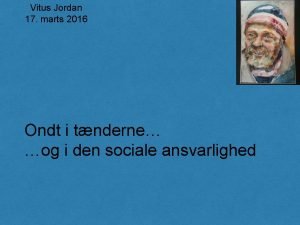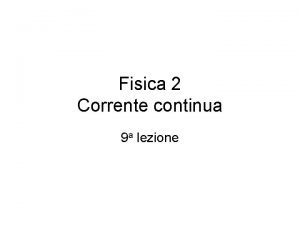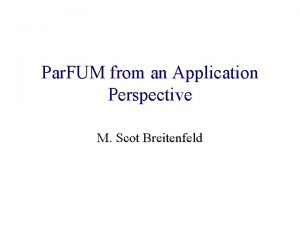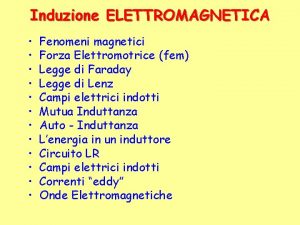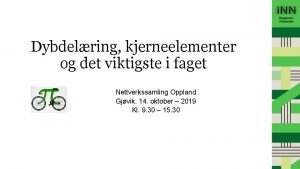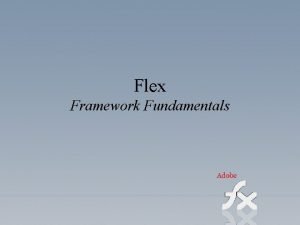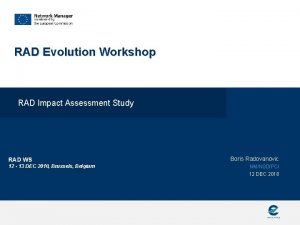FEM Calculations Flex MAT Hi Rad Mat Experiment









- Slides: 9

FEM Calculations Flex. MAT / Hi. Rad. Mat Experiment

Current approach FLUKA Energy deposition ANSYS Thermal load • Simple material models • No failure mechanisms • No nonlinear effects considered • Pencil-beam model ANSYS Mechanical

Considered cases 1. TA-1: SIGRAFINE R 6550, R=0. 5 cm, L=1 cm, σ=0. 5 mm 2. TA-1: SIGRAFINE R 6550, R=0. 5 cm, L=1 cm, σ=0. 2 mm 3. TE-1: Inconel 600, R=0. 5 cm, L=1 cm, σ=0. 5 mm, reduced intensity 2. 5 E+12 ppp Targets in the stacks 1 2 3 4 5 6 7 8 9 10 TA Carbon Carbon Carbon TB Carbon Carbon Carbon TC Carbon Carbon Carbon TD Carbon Carbon Carbon TE S: Al Inc G: G: G: (free for Carbon suggesti R: Inc R: Inv R: Cu on) TF Inc Inv Cu S: Al G: Sigrafine R: Inconel Inc Inv Cu

Case 1 • TA-1: SIGRAFINE R 6550, R=0. 5 cm, L=1 cm, σ=0. 5 mm, Tmax = 750 deg. C • Axial: ca. 25 microstrains, circumferential: ca. 10 microstrains • Max. Principal stress ca. 35 MPa

Case 2 • TA-1: SIGRAFINE R 6550, R=0. 5 cm, L=1 cm, σ=0. 2 mm, Tmax = 125 deg. C • Axial: ca. 25 microstrains, circumferential: ca. 25 microstrains • Stresses above material limits Note different time scale than in Case 1

Case 3 • TE-1: Inconel 600, R=0. 5 cm, L=1 cm, σ=0. 5 mm, reduced intensity 2. 5 E+12 ppp to avoid melting TE-10, Tmax = 125 deg. C • Axial: ca. 15 microstrains, circumferential: ca. 10 microstrains

Case 3 • TE-1: Inconel 600, R=0. 5 cm, L=1 cm, σ=0. 5 mm, reduced intensity 2. 5 E+12 ppp to avoid melting TE-10, Tmax = 125 deg. C (only!) • Note pencil-beam model • Likely to break before melting

Approaches under consideration/development • Reason: more sophisticated material models and more realistic assumptions need to be used, covering: 1. Non-pencil beam 2. Material inertia 3. Erosion 4. Phase change 5. Stress hardening and more • AUTODYN + User subroutine to import energy deposition from FLUKA • LS-DYNA with direct generic thermal loading

Questions?

